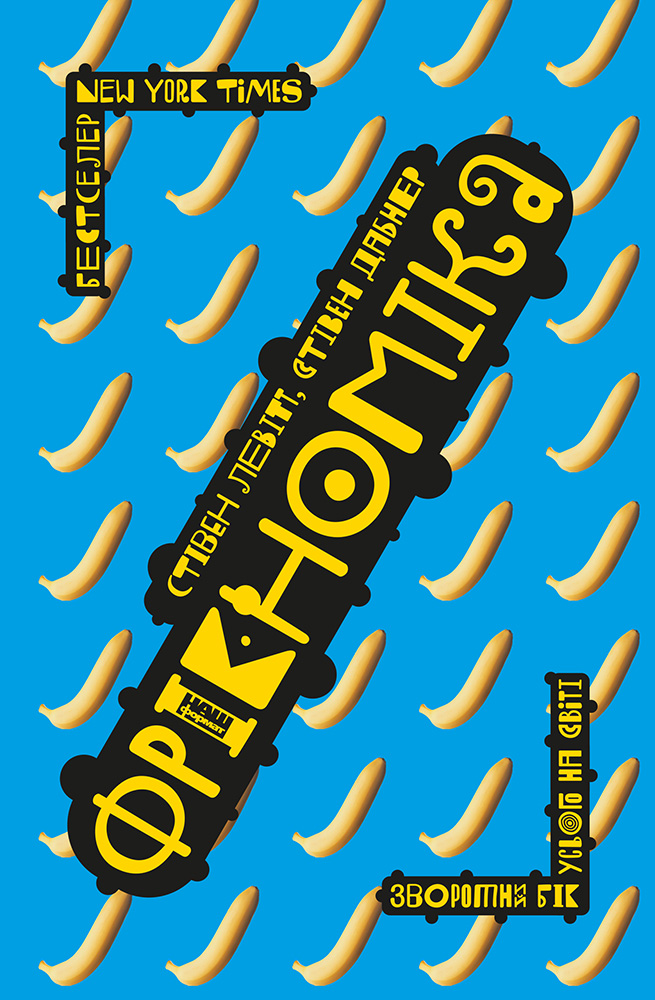Читати книгу - "Genghis Khan and the Making of the Modern World"
Шрифт:
Інтервал:
Добавити в закладку:
“the fortress of old Bukhara”: Helene Carrere D’Encausse, Islam and the Russian Revolution: Reform and Revolution in Central Asia, trans. Quintin Hjoare (Berkeley: University of California Press, 1988), pp. 164–165.
“to place the bloodthirsty barbarian Genghis Khan”: Larry Moses and Stephen A. Halkovic Jr., Introduction to Mongolian History and Culture (Bloomington, Ind.: Research Institute for Inner Asian Studies, 1985), p. 168.
Epilogue
“Is it our fault”: From “Chinggis Khaan,” composed by D. Jargalsaikhan and performed by the musical group Chinggis Khaan.
A Note on Transliteration
Transliteration
There are at least a dozen systems for transliterating classical and modern Mongolian names and words into Latin letters, but no single system has been agreed upon. In the belief that scholars can easily understand all the spellings, I opted to use the renderings that are easiest for the English speaker to read, understand, and pronounce, and in so doing I adhere to the following principles.
1. If a common form already exists in English, I use it. Thus, I use the Persian name Genghis, simply because that spelling is more recognized than Chinggis, Jenghiz, Djingis, or the many other renditions of the name. Similarly, for the old capital I use the widely known Turkic form Karakorum, rather than the modern Mongolian name Kharkhorin or the more scholarly name Qaraqorum.
2. For toponyms, I prefer modern Mongolian names whenever possible—such as Kherlen River, rather than Herlen, Kerulen, or Qerelen. I use the Mongolian version of the modern capital Ulaanbaatar rather than the Russian form of Ulan Bator.
3. I use khan for tribal leader or Mongol king, but I use Great Khan for the highest office. To follow modern Mongol usage of khan for king and khaan for the Great Khan would be too confusing for the English reader.
4. One of the most common consonants in Mongol is the Mongol kh—similar to ch in German ich or Scottish loch. It is sometimes written as q, h, or an apostrophe.
5. Whenever possible, I avoid umlauts or diacritical marks. In Mongolian, as in the other Altaic languages, the differences between front vowels and back vowels is of critical importance. Anyone who speaks the Mongolian language will know whether the names are pronounced in the front or the back of the mouth, and for most other readers, the marks are probably not relevant.
Selected Bibliography
Abu-Lughod, Janet L. Before European Hegemony: The World System A.D. 1250–1350. New York: Oxford University Press, 1989.
Achenbacher, Joel. “The Era of His Ways: In Which We Chose the Most Important Man of the Last Thousand Years.” Washington Post, December 31, 1989.
al-Din, Rashid. The Successors of Genghis Khan. Trans. John Andrew Boyle. New York: Columbia University Press, 1971.
Allsen, Thomas T. Mongol Imperialism: The Politics of the Grand Qan Mongke in China, Russia, and the Islamic Lands, 1251–1259. Berkeley: University of California Press, 1987.
———. Commodity and Exchange in the Mongol Empire: A Cultural History of Islamic Textiles. Cambridge, U.K.: Cambridge University Press, 1997.
———. Culture and Conquest in Mongol Eurasia. Cambridge, U.K.: Cambridge University Press, 2001.
Amitai-Preiss, Reuven. Mongols and Mamluks, Cambridge, U.K.: Cambridge University Press, 1995.
Amitai-Preiss, Reuven, and David O. Morgan, eds. The Mongol Empire and Its Legacy. Leiden: Koninklijke Brill NV, 1999.
Arnold, Lauren. Princely Gifts and Papal Treasures: The Franciscan Mission to China and Its Influence on the Art of the West, 1250–1350. San Francisco: Desiderata Press, 1999.
Atwell, William. “Volcanism and Short-Term Climatic Change in East Asia and World History, c. 1200–1699.” Journal of World History 12, no. 1 (Spring, 2001).
Bacon, Francis. Novum Organum. Vol. 3, The Works of Francis Bacon. Ed. and trans. Basil Montague. 1620. Reprint, Philadelphia: Parry & MacMillan, 1854.
Bacon, Roger. Opus Majus. 2 vols. Trans. Robert Belle Burke. Philadelphia: University of Pennsylvania Press, 1928.
Barfield, Thomas J. The Perilous Frontier: Nomadic Empires and China, 221 B.C. to A.D. 1757. Cambridge, Mass.: Blackwell, 1992.
———. The Nomadic Alternative. Englewood Cliffs, N. J.: Prentice-Hall, 1993.
Barthold. V. V. “The Burial Rites of the Turks and the Mongols.” Trans. J. M. Rogers. Central Asiatic Journal 14 (1970).
Bawden, Charles R. The Mongol Chronicle Altan Tobchi. Weisbaden: Göttinger Asiatische Forschungen, 1955.
Bazargür, D., and D. Enkhbayar. Chinggis Khaan Historic-Geographic Atlas. Ulaanbaatar: TTS, 1997.
Becker, Jasper. The Lost Country: Mongolia Revealed. London: Hodder & Stoughton, 1992.
Beckingham, Charles F., and Bernard Hamilton, eds. Prester John, the Mongols, and the Ten Lost Tribes. Aldershot, U.K.: Variorium, 1996.
Berger, Patricia, and Terese Tse Bartholomew. Mongolia: The Legacy of Genghis Khan. London: Thames & Hudson, 1995.
Biran, Michal. Qaidu and the Rise of the Independent Mongol State in Central Asia. Richmond, U.K.: Curzon, 1997.
Blake, Robert P., and Richard N. Frye. “History of the Nation of the Archers (the Mongols) by Grigor of Akanc.” Harvard Journal of Asiatic Studies 12 (December 1949).
Boinheshig, Mongolian Folk Design. Beijing: Inner Mongolian Cultural Publishing House, 1991.
Bold, Bat-Ochir. Mongolian Nomadic Society: A Reconstruction of the “Medieval” History of Mongolia New York: St. Martin’s Press, 2001.
Boldbaatar, J. Chinggis Khaan. Ulaanbaatar: Khaadin san, 1999.
Bretschneider, E. Mediæval Researches from Eastern Asiatic Sources. Vol. 1. New York: Barnes & Noble, 1967.
Browne, Edward. G. The Literary History of Persia. Vol. 2. Bethesda, Md.: Iranbooks, 1997.
Budge, E. A. Wallis. The Monks of Kublai Khan, Emperor of China; or, The History of the Life and Travels of Rabban Swama, Envoy and Plenipotentiary of the Mongol Khans to the Kings of Europe, and Markos Who as Mar Yahbhallaha III Became Patriarch of the Nestorian Church in Asia. London: Religious Tract Society, 1928.
———. The
Увага!
Сайт зберігає кукі вашого браузера. Ви зможете в будь-який момент зробити закладку та продовжити читання книги «Genghis Khan and the Making of the Modern World», після закриття браузера.




